
For the fifth consecutive year, The State of Things, WUNC-91.5 FM, has hosted me live from whichever United Nations climate summit I was covering. Here’s a link to my discussion with SOT host Frank Stasio,recorded live on December 13, 2019.


For the fifth consecutive year, The State of Things, WUNC-91.5 FM, has hosted me live from whichever United Nations climate summit I was covering. Here’s a link to my discussion with SOT host Frank Stasio,recorded live on December 13, 2019.

After arriving at the cavernous venue on the outskirts of Madrid, Spain, on Friday, December 6 (happy birthday, Dad) for my first day at the 25th UN Climate Summit, I wondered around in a jet lag haze until I received my credentials, got my bearings, and figured out the venue’s layout. Then I contacted a reliable source and said, “I’m ready to get started.” And he was ready to brief me and put me in touch with the exact sources I needed — including one (Bill Moomaw of Tufts) who I’ve been eager to talk with for nearly two years.
The story, linked here, is a follow up to my pre-COP25 story of a week ago, only this one is far more detailed, and in many ways far more accurate and realistic. It simply doesn’t seem to matter to the delegates and leaders of the world’s largest economies that they alone hold the fate of the planet in their hands. And they are utterly failing.

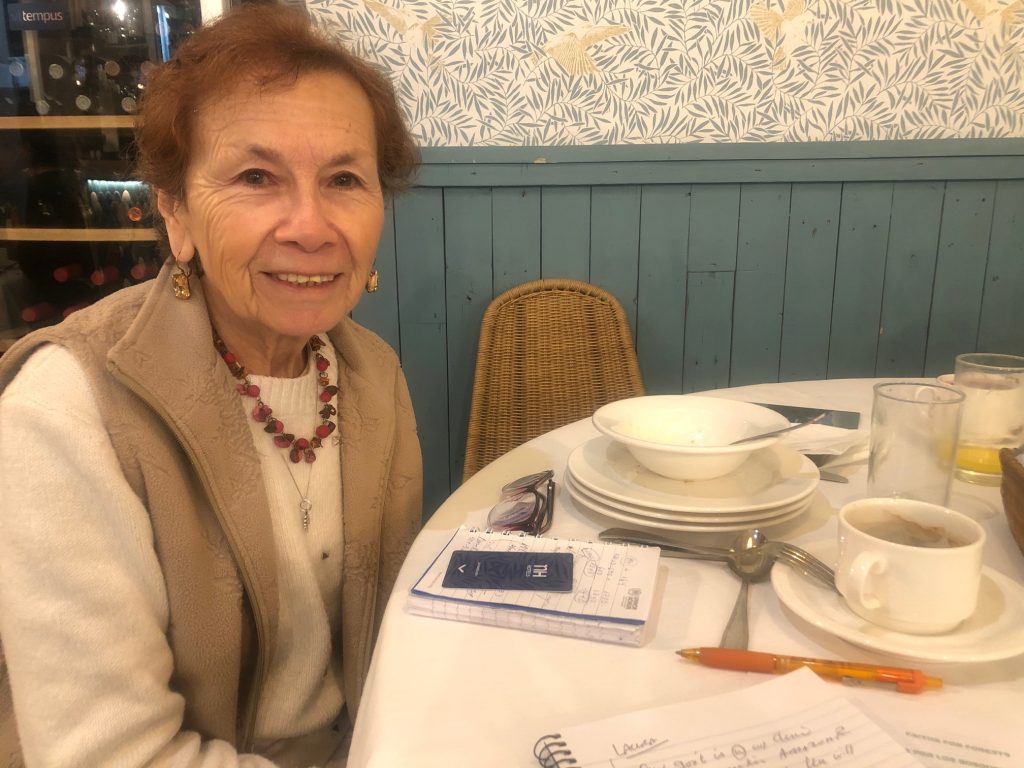
When we were making our coverage plan for COP25 in Madrid, my longtime editor at Mongabay, Glenn Scherer, made an unusual request: “Try to find at least one upbeat story. The site is filled so such much gloomy news about the environment, we could use it.”
I had written about the Interfaith Rainforest Initiative in September 2019 and knew representatives from the group would be at the UN climate summit. Over breakfast with IRI’s program director in Peru, Laura Vargas, the idea slowly emerged as we spoke that she was exactly the story Glenn was requesting. Here’s the story. What a remarkable woman.
“IRI has given me a goal of defending life and nature on a global scale, and a deeper sense of purpose.”

In the run up to covering my sixth UN climate summit, my fifth for Mongabay, my editor Glenn Scherer and I decided on a tighter focus for the stories I’d pursue in Madrid — forests, forest policies and related issues like impacts on indigenous peoples.
My pre-COP story linked here focuses on the highest priority of this meeting — unfinished rule-writing business from COP24 in Katowice, Poland. Already controversy is brewing, expectations are low and the stakes are just as high as ever. Stay tuned.
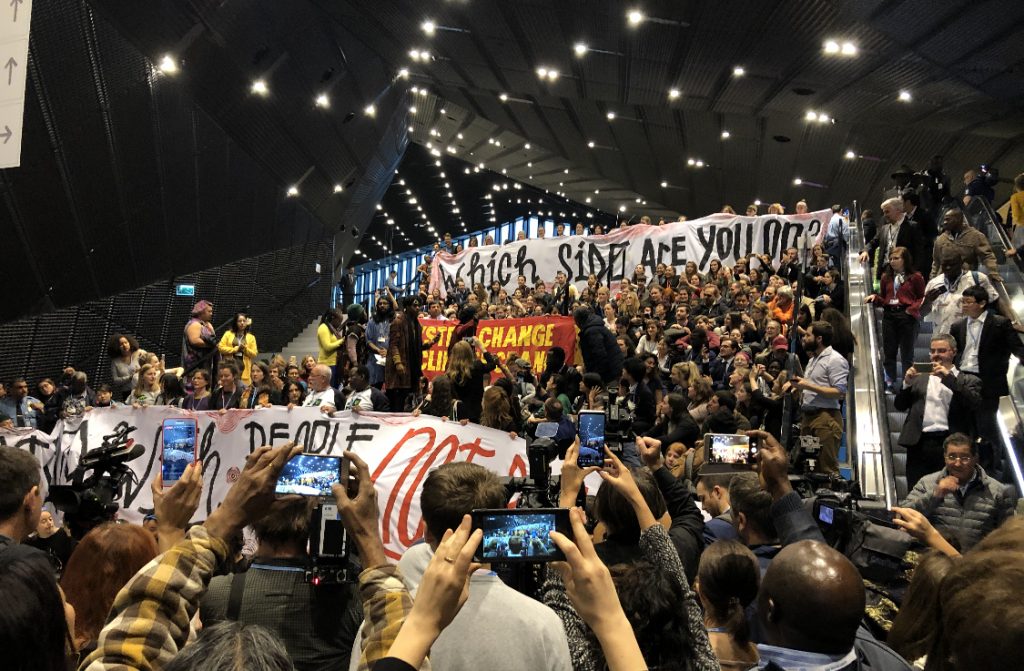
This last story from the UN climate summit in Poland sums up a bit of the best and worst of what happened at an annual meeting of 196 nations where everyone clearly understood the urgency and the stakes involved in accelerating global warming. Twelve years. Twelve years is the time scientists estimate we have left to take unprecedented transformational action to reduce carbon emissions, shift to renewable energy sources like wind and solar and slow the rate of deforestation to little or none. There’s no choice. There’s no Plan B.
Despite the desperate pleas of NGOs and youthful activists to act aggressively, leaders of the industrialized world did not act aggressively. That’s because politically and economically, they refuse to. Elected leaders are absolutely the least capable people on earth to do what necessary to meet this challenge. They are simply are incapable of moving past their own interests, their own conflicts and their own short-term thinking. As one source told me, leaders of the G-20 will finally come around when its far too late to do anything meaningful to prevent climate catastrophe.
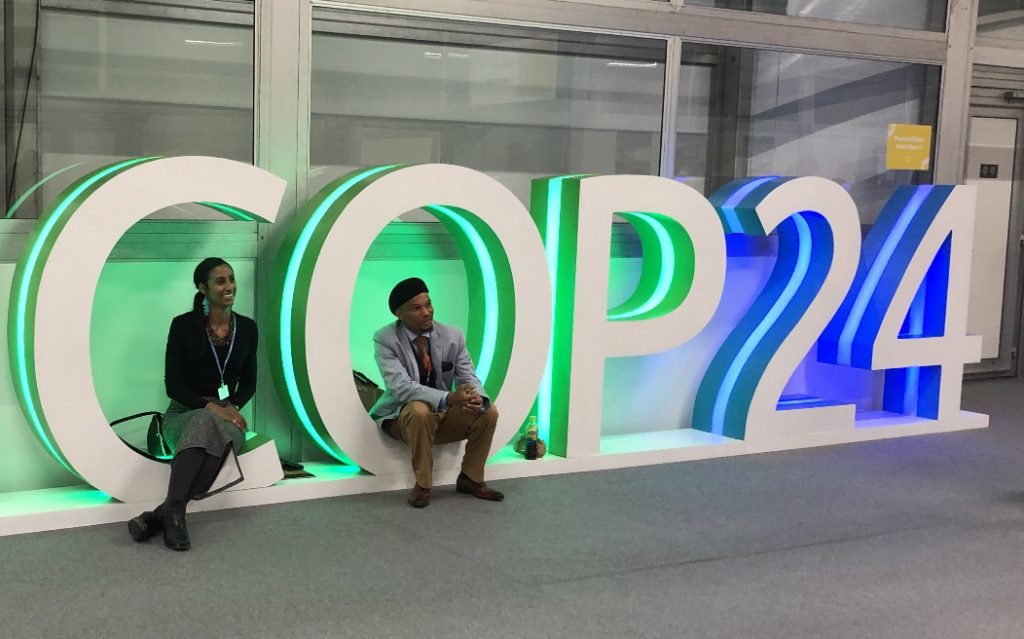
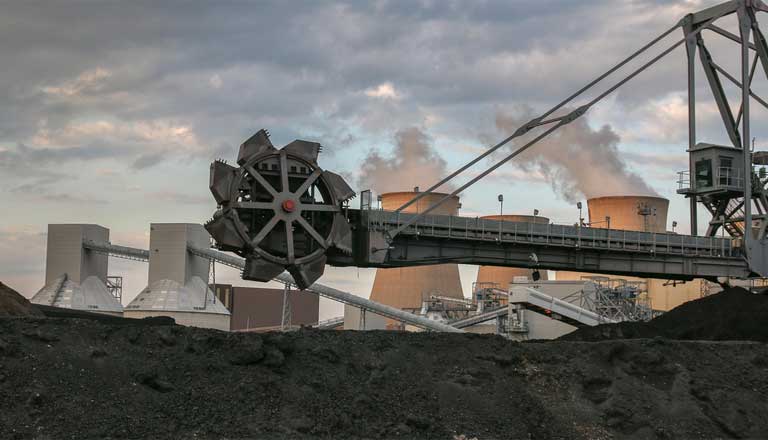
This story, linked here, is far and away the most important one I’ve reported and written in the five climate summits I’ve covered dating back to Lima, Peru, in 2014. It demonstrates politics triumphing over science, and it could not come at a worse time. In a conference dedicated to technical details, the unwillingness to accurately account for the escalating carbon emissions coming from burning wood for energy in the UK, throughout the EU and increasingly in Asia, amounts to a crime against nature — who is not fooled by what one source called “fraudulent accounting.”
An excerpt from my story:
“Let’s be clear about this: delegates from developed countries are well aware of this dangerous loophole as they draft the Paris Rulebook that could be designed to remedy the problem at the 24th U.N. climate summit, or COP24, here in Katowice, Poland. Yet they have ignored the pleas, the scientific data, the detailed charts identifying the danger, submitted by impassioned NGOs over the past week and a half.”

Mongabay prides itself on its close coverage of Brazil, especially the Amazon, its indigenous people and its biodiversity. It is one the earth’s most important ecosystems. Everything about the extreme-right president-elect, Jair Bolsonaro, screams that the Amazon, and everyone who lives in it, is in dire jeopardy as long as the dangerous, Trump-like demagogue is in office. My editors asked for a story about Brazil at COP24 in Poland, the last climate summit before Bolsonaro takes office. The link is here.
Excerpt:
“Bolsonaro, who unlike Trump, enjoyed a clear majority presidential win, has remained a Trumpian figure of discord and divisiveness during his transition to power. He has assailed environmental regulators, given lethal encouragement to gun owners, and struck fear deep in the hearts of indigenous peoples and environmental activists in a country that already sees more forest guardians murdered annually than any other country in the world.”
For the fifth time in five years, The State of Things, the noon program on WUNC out of Durham, which reaches half of North Carolina, had me on live to talk with host Frank Stasio about the UN climate summit. The location this year, 2018? Katowice, Poland.
The link to the radio conversation is here.
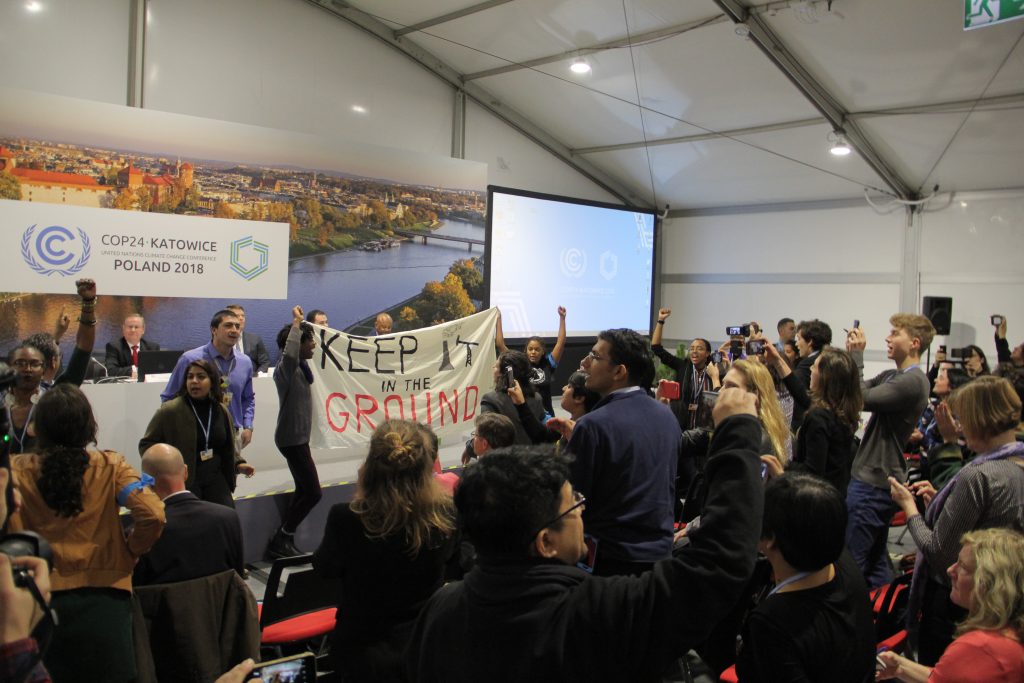
Protesters, for the second year in a row, bring the surreal Trump Administration’s fossil fuel message at the UN climate summit in Poland to a halt with a long, loud, boisterous outburst.
In November 2917 in Bonn, Germany at COP23, I managed to get into the Trump Administration’s only public event at the conference. I called it one of the strangest panel discussion in COP history. Trump representatives, heedless of the perils of climate change and its causes, urged the use of more fossil fuels and essentially advertised that the US has plenty to export. This year, as I report here, the administration held only one event again, and once again touted the use of fossil fuels. Both years, protesters interrupted the event, chanting loudly and then marching out, leaving the room half empty (as planned). My story here at COP24 in Katowice, Poland focuses on the outraged responses to Trump’s villainous attitude toward the environment.
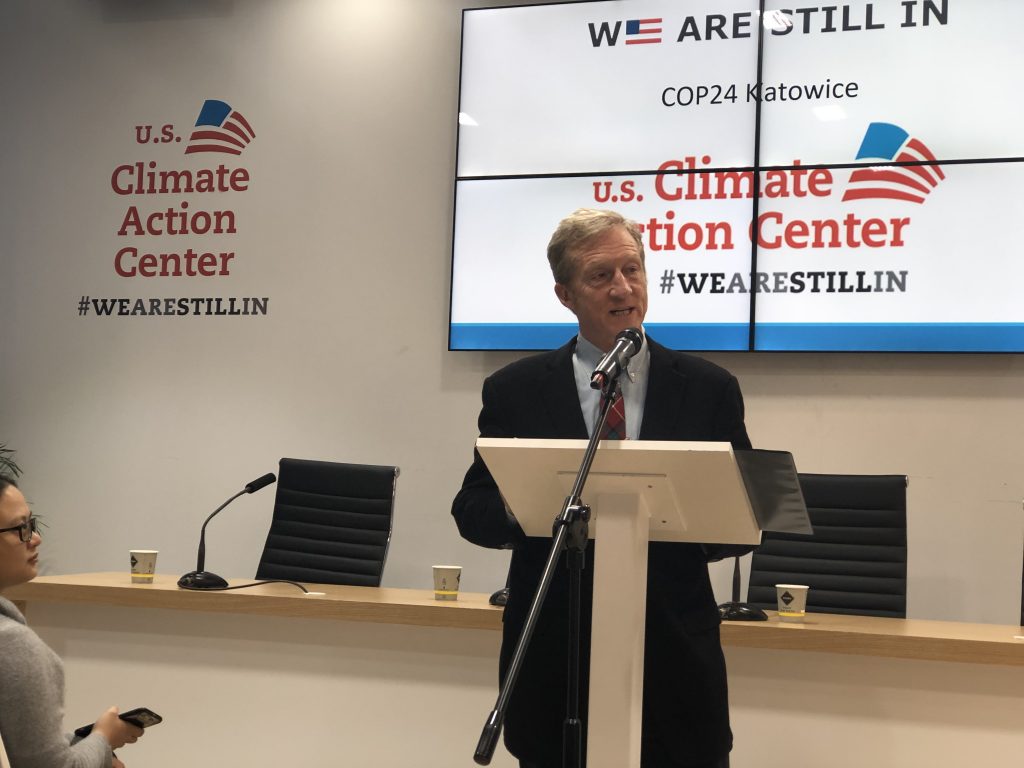
Tom Steyer, one of the United States’ most influential environmental activists, at COP24 in Poland. Photo by Justin Catanoso
Reporting for my first story — linked here — at my fifth United Nations climate summit started shortly I arrived at the sprawling venue in Katowice, Poland. There was a reception at the US Climate Action Center, the unofficial hub of acitivity on the part of the United States in the age of Trump, who refuses to pay for a national pavilion like other countries.
I got to hear Tom Steyer speak, someone I’ve been reading about for years. A billionaire from his Wall Street days, he has turned his fortune into political and environmental activism that helped stop the XL Pipeline and promote a youth vote in the 2018 midterm elections that helped Democrats retake the US House of Representatives. Interviewing him one-on-one, and then hearing him speak the following night at a private event, gave me my story idea. The Trump negotiators obstructive pettiness, which emerged in a Saturday evening session, ended up leading the story. Great editing by Glenn Scherer of Mongabay.